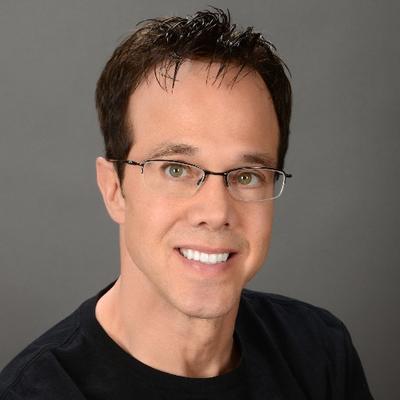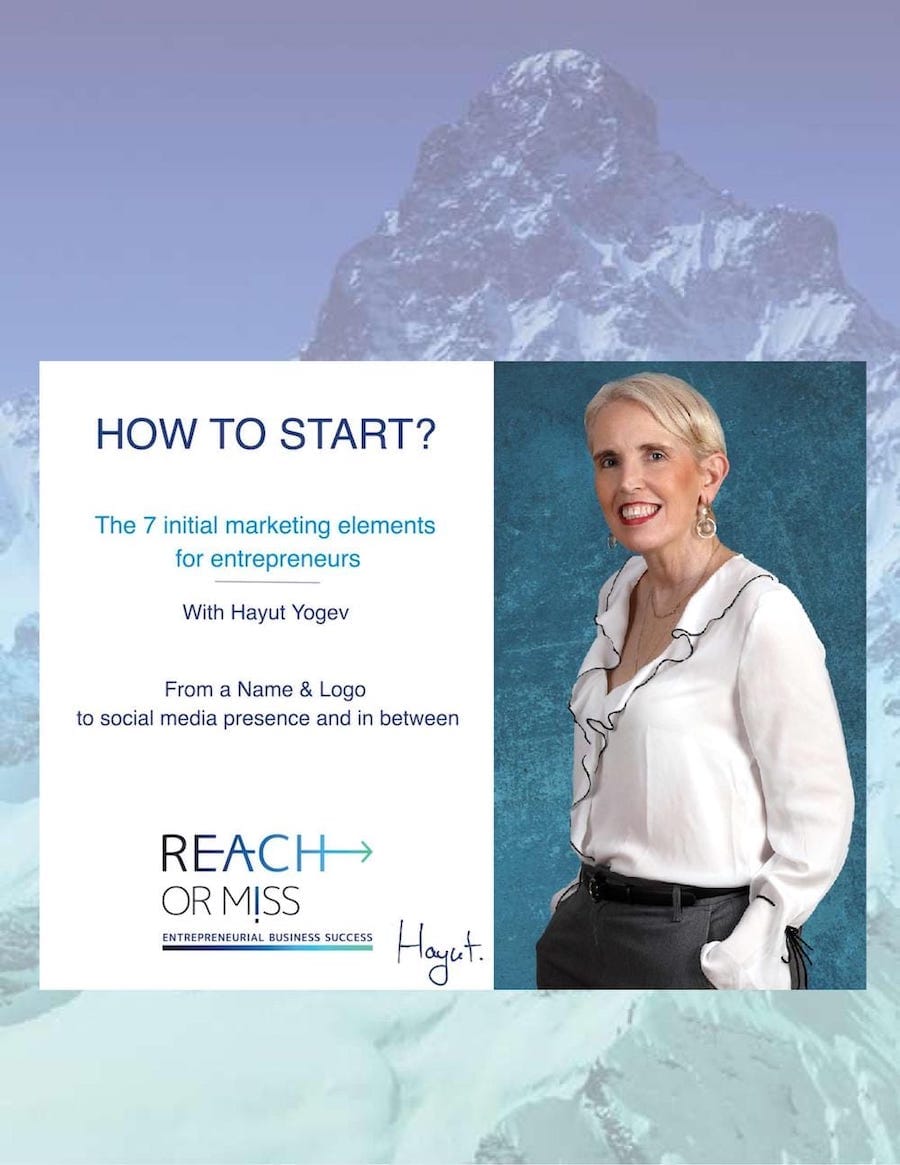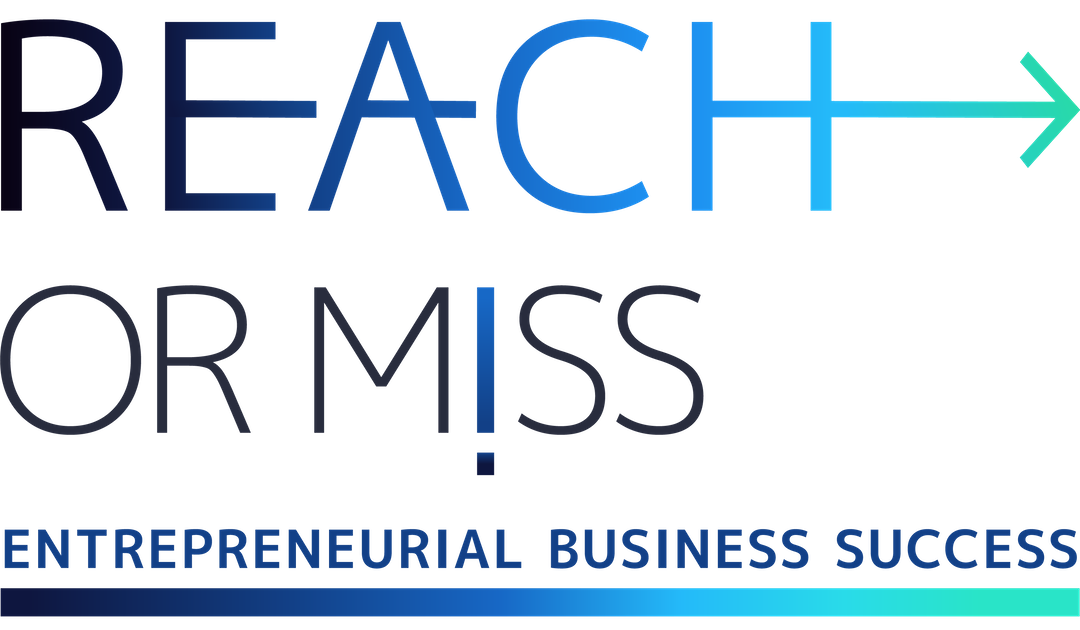Ep. 161 – Sean Castrina: “I started Advantage Handyman, not a sexy business. Well, It turned into a multi-million-dollar company.”

Sean Castrina lost his “dream job” 25 years ago and decided he would never be dependent on an employer for his financial security again. He became a millionaire at 36-years-old by becoming a serial entrepreneur, starting more than 20 companies and currently running 9 companies.
His newest book, the World’s Greatest Business Plan, helps people by providing a simple step-by-step plan for those who cannot afford to fail. He has contributed to some of the most recognized media outlets including Forbes, Inc., Yahoo Finance, MSNBC, as well as guest lectured at some of America’s finest colleges.
Most passionate about
- What I’m passionate about for the next 30 days (and for the previous 30 days) is finishing my third book, called The World’s Greatest Business Plan. The reason I wrote this book is that too many business people and startups don’t have a business plan.
- I went to Amazon and read the first pages of 10 books all about business plans. One book was worse than the next; they were outdated, they were written by professors, they were way too exhaustive.
- I thought, ‘There must be something simpler,’ so I wrote The World’s Greatest Business Plan. We are giving it as a gift during these times of coronavirus. It’s a good book that will help you formulate a plan for your business or talk you out of going into this business.
- I see so many startups fall. The main reason is because the startup founder falls in love with their idea. They look at their idea as a success and they picture this idea working. That is the point where they start to write their business plan. However, a business plan should absolutely challenge your idea.
- A business plan should accomplish a couple of things. One, it should convince you, the founder. It should also convince investors or partners, whoever gets involved in your business. It must build confidence in everybody that is involves.
Sean’s career and story
- The businesses that have succeeded well for me are the businesses where I personally experienced a problem—the need that I had trouble solving.
- Twenty years ago, I started a handyman company. Well, that is the least sexy business you can imagine. I don’t know the difference between two screwdrivers…
- I owned a magazine in cities on the East Coast at the time, and I wanted to convert the dining room in our home to an office. We had a newborn child and I wanted to work from home … and I couldn’t find anyone to do the job. I saw a tremendous need!
- I started Advantage Handyman, not a sexy business. Well, it has now turned into Advantage Contracting. Twenty years later, it has eight companies that will do anything for your home. It started from a need I experienced and has moved to a multi-million-dollar business.
- And that’s only one of the businesses I started – 11 companies over the years.
- The difference I see between a business and an entrepreneurship is that you can decide to leave your job and start your own business, and you have something like six months of entrepreneurship, but then you have your business and all you want to do is make a living from the business for many years to come. That’s a business. This person is not an entrepreneur.
- An entrepreneur is the one who is looking to build more and more companies and seeking opportunities.
Sean’s best advice for entrepreneurs
- Solve a problem! From the beginning. Don’t fall in love with your own idea … yet. At some point you can, after you have done your business plan.
- A good business starts on one of three foundations. You want to start a business that solves a problem or meets a need, or, satisfy a desire. Ninety-nine percent of all businesses need to have a massive audience for that.
Biggest failure with customers
- Whenever one of our clients complains, we have the tendency to immediately start to defend our businesses. I used to do that a lot. I had one customer tell me: “Sean, you’re not listening; let me talk.”
- And that was a massive failure. I thought about all the customers whom I had dealt with until I had this ‘ah-ha moment’. Before, I simply defended us when I should have just shut my mouth, let my customers talk for five minutes, taken notes, and, when they were finished, said back to them, “John, if I understand you correctly, what you were disappointed with is that our company failed to do A/B/C…” That’s what I should have done.
- I didn’t learn it until I was 35, so I missed 10 years…
Biggest success due to the right customer approach
- I think that I’ve learned that your business is your customers. I’d like to go back to the handyman company that I established because that might be my biggest success. When I established that company, I said that if I could bring in $2,000 a week passively it would be fantastic.
- Today, we are bringing in a lot of revenue because I figured out that a customer who loves your company and wants to do business with you is the most valuable asset of a business. There is nothing more valuable. You have no greater commodity than a happy customer.
Most recommended technological tool
- I don’t want anything too complicated in our office. I always want my office stuff to be able to be replaced within one day by almost everyone. So, from the very beginning, I kept things fairly simple. QuickBooks is still our number-one source for managing our books. From that, we have a customer file connected to an email program. And we still work with a paper notebook where the people in the office write any phone call, its source, etc.
- QuickBooks is still the number-one center of our universe, but it’s about what you do with the information. So, it’s about whatever works best for you. However, you need to constantly be aware of what’s going on with your company: How many people tried to do business with you this week, last week? Is it increasing? Declining? Is your income increasing? Declining? Your profits?
- It’s about knowing the key numbers of your business, like looking at an EKG in the hospital.
Sean’s key success factor
- Partnering! I’ll go again to the handyman contracting company, which was the first time I got into something I didn’t know anything about, but I knew there was a need for it. Within the first year, instead of enjoying the passive income, I gave this money to someone with 28 years of experience. That took us from $2,000 a week to $10,000 a week very quickly. Then, I partnered with somebody who had experience with roofing, and then I partnered with someone with experience in kitchens, and then someone with bathroom expertise, and so on.
- Partnering has always been my super skill.
Question: Most of the very successful entrepreneurs I interview on this show say that partnering is their biggest failure. What is your secret?
- They don’t know who to partner with. There are rules of partnering that you need to follow. Look at the great companies. Disney: partnership. McDonald’s: partnership. Hewlett Packard: partnership. Apple: partnership. Microsoft: partnership. Uber, Google … you start to see a pattern.
- A partnership is when you realize you can’t do it all by yourself. It’s when you realize that a partner can do something you can’t do and that, without them, the business won’t start or won’t be as successful.
Sean’s Mountain
Because we believe that the best way for entrepreneurs to get fast, big, and sustainable success is by leading your (new) market category, and the entire entrepreneurial journey reminds me of mountaineering, or conquering a mountain, I want to ask you: Is there a mountain you dream of climbing or a mountain you have already climbed?
- I live in a beautiful area in Virginia and I like hiking but I’m not a big mountain guy. But I do believe that life – and business – absolutely parallel the journey of a mountain.
- The biggest problem with many young entrepreneurs is that they want success overnight. However, you need to be patient, although nobody wants to be patient. You need to have something that so motivates you that it’s worth 10 years of your life.

The best ways to connect with Sean:
More resources for Entrepreneurs
- Don’t Miss – Customer Focus Strategy & Execution: Market Analysis for Fundraising
- Hayut Yogev’s Latest post: Is the magic that helped entrepreneurs like Jeff Bullas (570K Twitter followers) or Douglas Burdett become leading successful influencers happening again?
- Former interview: Amy Vernon’s “Listen to your customers and talk to them, though that doesn’t necessarily mean you have to do everything they say”
 Want to learn how to start your Entrepreneurship?
Want to learn how to start your Entrepreneurship?
Download for Free
HOW TO START ?
The 7 initial marketing essentials
for entrepreneurs
Want to learn how to choose the best Name and Logo? Not sure which customers to focus on right now and where they are? Want to build your website, or trying to figure out how and what content to share on social media?
